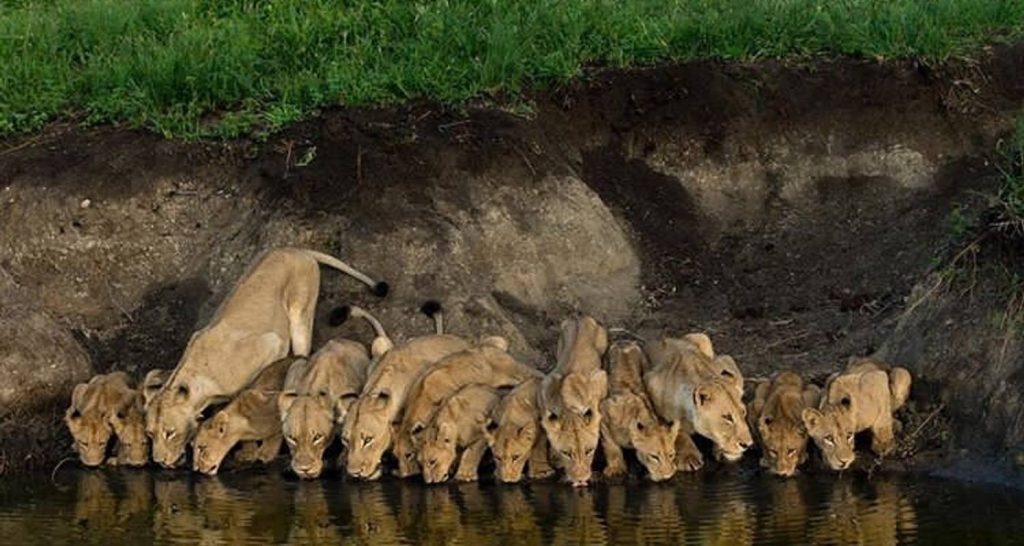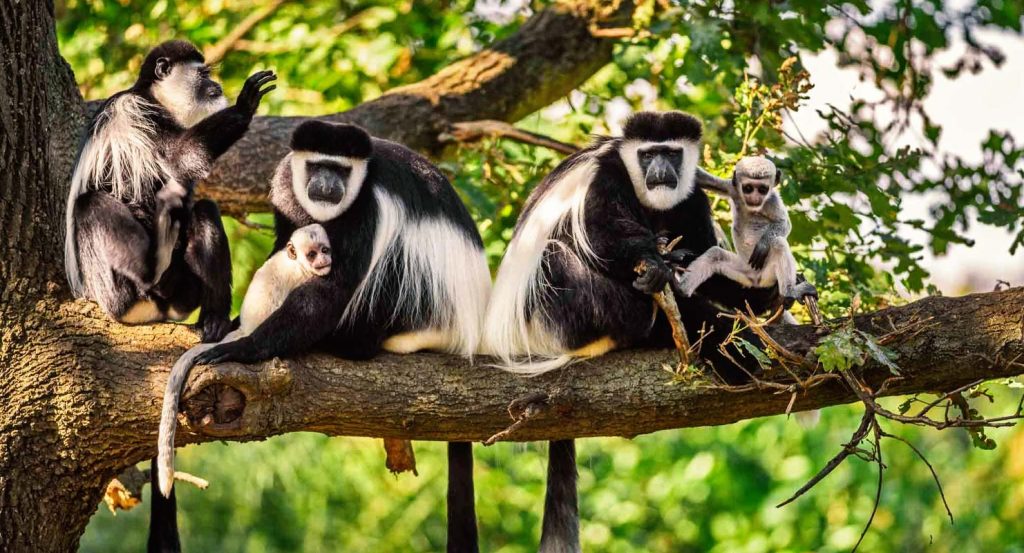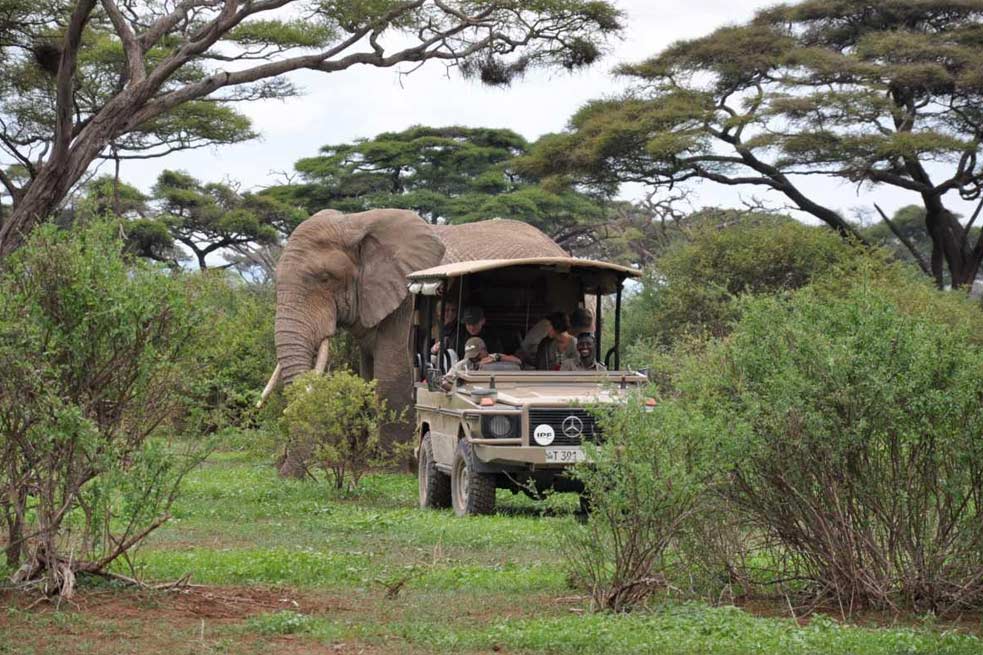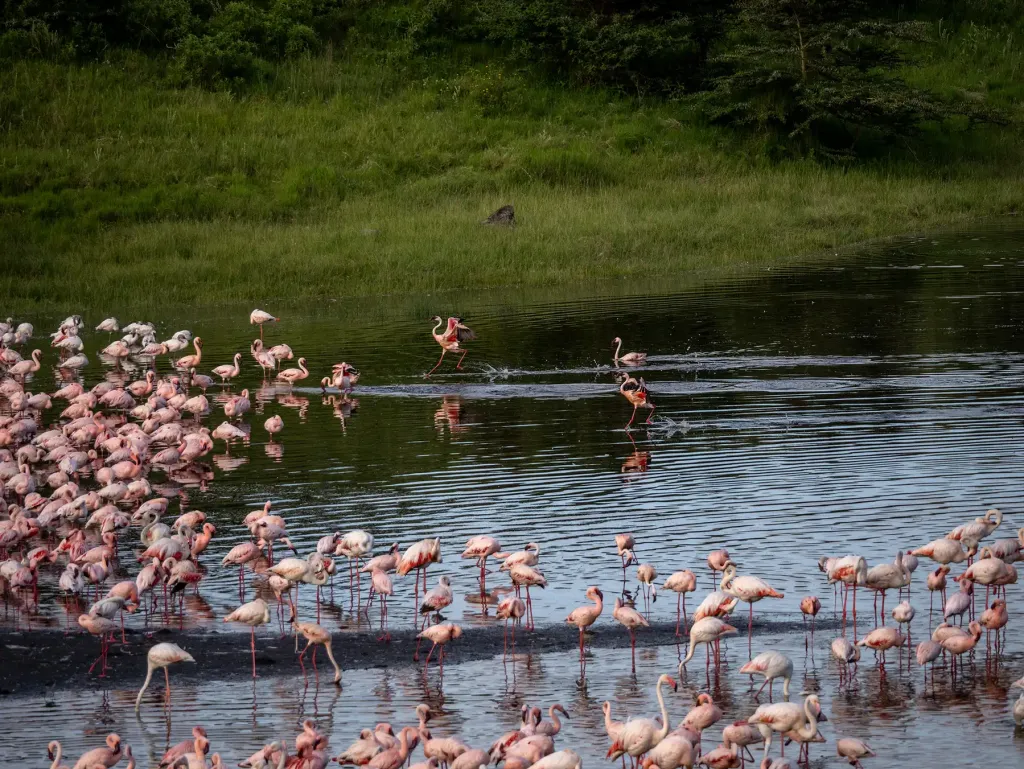Arusha National Park Ecosystems




Introduction to Arusha National Park Ecosystem
Arusha National Park, located near the bustling town of Arusha in Tanzania, is renowned for its diverse ecosystems, each offering unique landscapes and a remarkable array of wildlife. The Arusha National Park ecosystem includes montane forests, highland moorlands, savannah grasslands, and lakes, each contributing to a rich environment that supports a wide variety of species. Here’s a closer look at these ecosystems and what makes them special within Arusha National Park.
Montane Forest
The montane forest, nestled along the slopes of Mount Meru, forms a lush, green habitat rich in biodiversity. This ecosystem is characterized by dense trees, cool temperatures, and moist conditions, creating an ideal home for a variety of wildlife species.
- Flora and Fauna: The forest is alive with animal species such as black-and-white colobus monkeys, blue monkeys, and sykes monkeys, alongside the occasional leopard. Birdwatchers can marvel at nearly 400 bird species within this forest, including the Narina trogon, bar-tailed trogon, and the colorful Hartlaub’s turaco.
- Biodiversity Importance: The montane forest supports a complex web of life, serving as a critical area for both predator and prey species. Its dense foliage provides cover and nesting spots for a multitude of birds, while also sheltering large mammals such as elephants and bushbucks.
- Conservation Role: The forest helps to regulate the local climate, maintains soil quality, and plays a role in water regulation, which supports nearby lakes and wetlands.
Highland Moorland
The highland moorland ecosystem, found at higher elevations within Arusha National Park, offers a unique, open landscape that contrasts starkly with the dense montane forests. This moorland is characterized by its grassy plains and shrubs, offering scenic views of Mount Meru and Kilimanjaro in the distance.
- Vegetation and Wildlife: The moorland’s vegetation includes hardy grasses, shrubs, and small flowering plants adapted to cooler and windier conditions. While it may appear sparse, it’s home to grazers like buffaloes and zebras.
- Adaptations: Species here have adapted to withstand fluctuating temperatures, limited shelter, and wind. Plants are typically low-growing and resilient, while animals are well-suited to open spaces where they can graze and see predators from a distance.
Savannah Grasslands
The savannah grasslands of Arusha National Park provide a quintessential African landscape of sweeping plains with tall grasses. This ecosystem is especially vibrant during the wet season when grasses are lush, attracting large herbivores.
- Wildlife Highlights: The savannah supports giraffes, zebras, buffaloes, and antelopes, making it a popular area for game drives. Predators such as leopards and hyenas may also be spotted here as they hunt for prey.
- Importance for Wildlife: The grasslands act as a grazing ground and habitat for a variety of animals, supporting the park’s herbivore populations and playing a key role in the food chain.
- Seasonal Shifts: During the dry season, the grasslands become more sparse, and animals gather near water sources, such as lakes and streams. This seasonal migration influences predator-prey dynamics, attracting carnivores to these areas as prey becomes concentrated.
Momella Lakes
The Momella Lakes are a series of shallow alkaline lakes in the northern part of the park, surrounded by grasslands and forest. These lakes are an essential habitat for birdlife, drawing species from across the region.
- Birdwatching Paradise: The lakes are home to a wide array of bird species, including flamingos, pelicans, herons, and ducks. Between November and April, migratory birds from Europe and North Africa join the local species, making the lakes a prime birdwatching destination.
- Aquatic Ecosystem: Although these lakes are alkaline and unsuitable for many fish, they provide food sources and breeding grounds for specialized species of insects, which in turn support the park’s bird population.
- Scenic Beauty: Surrounded by the lush vegetation of the park, the Momella Lakes also offer scenic vistas, with reflections of Mount Meru and Kilimanjaro enhancing the tranquil landscape.
Ngurdoto Crater
The Ngurdoto Crater is an extinct volcanic crater located within Arusha National Park, sometimes referred to as “Little Ngorongoro” due to its similar landscape. The swampy floor of this large crater is teeming with life.
- Diverse Wildlife: Inside the crater, visitors can find buffaloes, elephants, baboons, warthogs, and antelopes. The swampy areas provide water and grazing for herbivores, making it a popular area for game drives.
- Vegetation and Habitat: The crater’s rim is lush with dense forest, while the floor is more open and swampy. This variation in habitats allows it to support different types of animals and offers scenic views of the park.
- Geological Significance: The crater is a reminder of the area’s volcanic history and continues to play a role in the park’s ecosystem by collecting rainwater, which sustains the swampy vegetation and wildlife within.
Lake Longil
Lake Longil is a freshwater lake that attracts a variety of animals due to its vital role as a watering source within Arusha National Park.
- Wildlife Spotting: This lake provides drinking water for animals such as buffaloes, waterbucks, and other herbivores. Predators may also be spotted here, waiting for an opportunity to approach.
- Ecosystem Role: As a freshwater lake, it contrasts with the alkaline Momella Lakes and supports different flora and fauna, offering a unique habitat for various species in need of freshwater.
- Seasonal Variation: Lake Longil’s water levels fluctuate with the seasons, impacting the density of animals in the surrounding areas as they depend on its water source during drier months.
Tululusia Hill
Tululusia Hill is a vantage point within Arusha National Park, covered in rich vegetation and offering breathtaking views of the surrounding landscape. This area serves as a key habitat for some of the park’s most elusive species.
- Wildlife Habitat: The hill is home to larger animals like elephants and buffaloes, as well as black-and-white colobus monkeys. Some tree-dwelling pythons are also found here.
- Scenic Beauty and Observation Point: Visitors who hike to the top of Tululusia Hill can enjoy panoramic views of the park, including views of Mount Meru and distant Kilimanjaro.
- Biodiversity Importance: The vegetation on Tululusia Hill provides cover and a food source for many animals, contributing to the park’s overall biodiversity.
Conclusion
The Arusha National Park ecosystem is a diverse, well-balanced environment with distinct habitats that support a wide array of wildlife and plant species. From the montane forests teeming with birdlife and primates to the expansive savannahs and the tranquil lakes, Arusha National Park offers a unique experience in every corner. Each ecosystem—from volcanic craters to alkaline lakes and freshwater sources—plays a crucial role in maintaining the park’s biodiversity.

One Comment